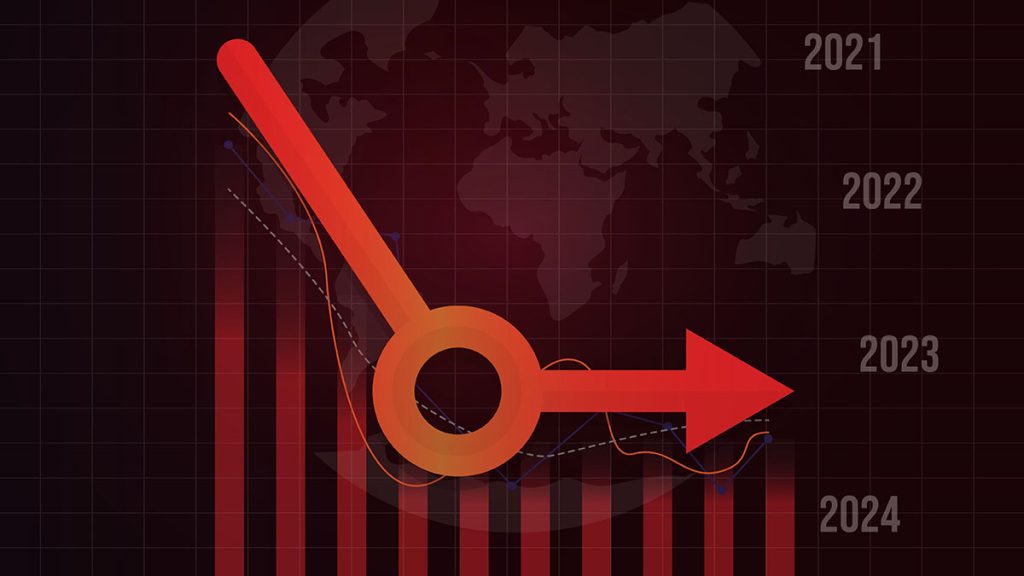
When a region’s economy contracts over several months or even years, a recession occurs. The region’s gross domestic product (GDP), or the sum of the value of the goods and services it produces, declines during these times. At the same time, sudden changes in the cost of commodities like gas or oil are possible. Industries that were once prosperous could suddenly lose value. It’s possible for consumers to experience higher-than-average inflation or unemployment rates. As a result, consumer confidence declines as well, which may lead to consumers being less ready to spend money than usual. IT Infrastructure Monitoring is shaping to be essential.
The Right Tools
Building an IT infrastructure requires selecting the appropriate hardware, or the physical elements that make up the core of technology infrastructure. IT Infrastructure Monitoring is crucial, and ensuring proper implementation is essential. Hardware includes things like laptops, desktop computers, servers, and peripherals. For IT infrastructure elements like software and applications to work properly, hardware is required. Users can also collect, store, and distribute data via hardware. It also affects how quickly and how adaptable your information technology infrastructure is. So it’s essential to upgrade or purchase corporate gear to keep up with current technological developments.
However, purchasing hardware can be expensive and consume a sizable portion of your IT budget. Therefore, it would be wise to identify the qualities you require first. This stage includes selecting the type of central processing unit (CPU), memory, and disk space for your system. After that, you can evaluate the possibilities on the market to find the hardware component that best suits your spending plan.
As a result, each hardware component has a unique attribute that can be identified when determining the features you require, such as size, connectivity, CPU, or storage capacity. Therefore, before making a purchase, be sure to assess your needs. In addition to features, it’s also essential to take the hardware’s performance, speed, and mobility into account.
Ensure Compliance
Every business must adhere to the rules and standards currently in effect in the industry. You must abide by IT compliance guidelines to protect your business’s IT infrastructure. It is required that you follow these guidelines. The standards for digital communication, data exchange and storage, and IT infrastructure architecture are described in these guidelines. One way to ensure the security of a business’s activities is to adhere to compliance rules. Additionally, it aids in preventing unauthorized individuals from accessing your critical data.
Notably, the General Data Protection Regulation (GDPR), the Payment Card Industry Data Security Standard (PCI DSS), and the Health Insurance Portability and Accountability Act are some of the regulations that must be complied with (HIPAA). Meeting a high standard of IT compliance pertinent to your organization can enhance your company’s reputation, foster customer trust, and help you stay out of legal trouble.
Prepare for Disaster
Another action you should take to guarantee the security of your IT infrastructure is to create a disaster recovery plan. It is a formal document with thorough guidance on handling unforeseen circumstances. Cyberattacks, power disruptions, and natural disasters are some of these occurrences. The plan emphasizes explicitly ways to lessen the effects of a disaster so that your business may rapidly resume operations. A strong disaster recovery plan may prevent a potential loss of customer trust and harm your brand’s reputation.
Additionally, it can assist you in reducing business downtime brought on by compromised servers and data loss. Therefore, compiling a list of hardware and software components is the first stage in building an IT disaster recovery strategy. Additionally, ensure there are backups of the program software used by your business that you can install again. Making IT Infrastructure Monitoring essential
Inside Telecom provides you with an extensive list of content covering all aspects of the tech industry. Keep an eye on our Tech sections to stay informed and up-to-date with our daily articles.